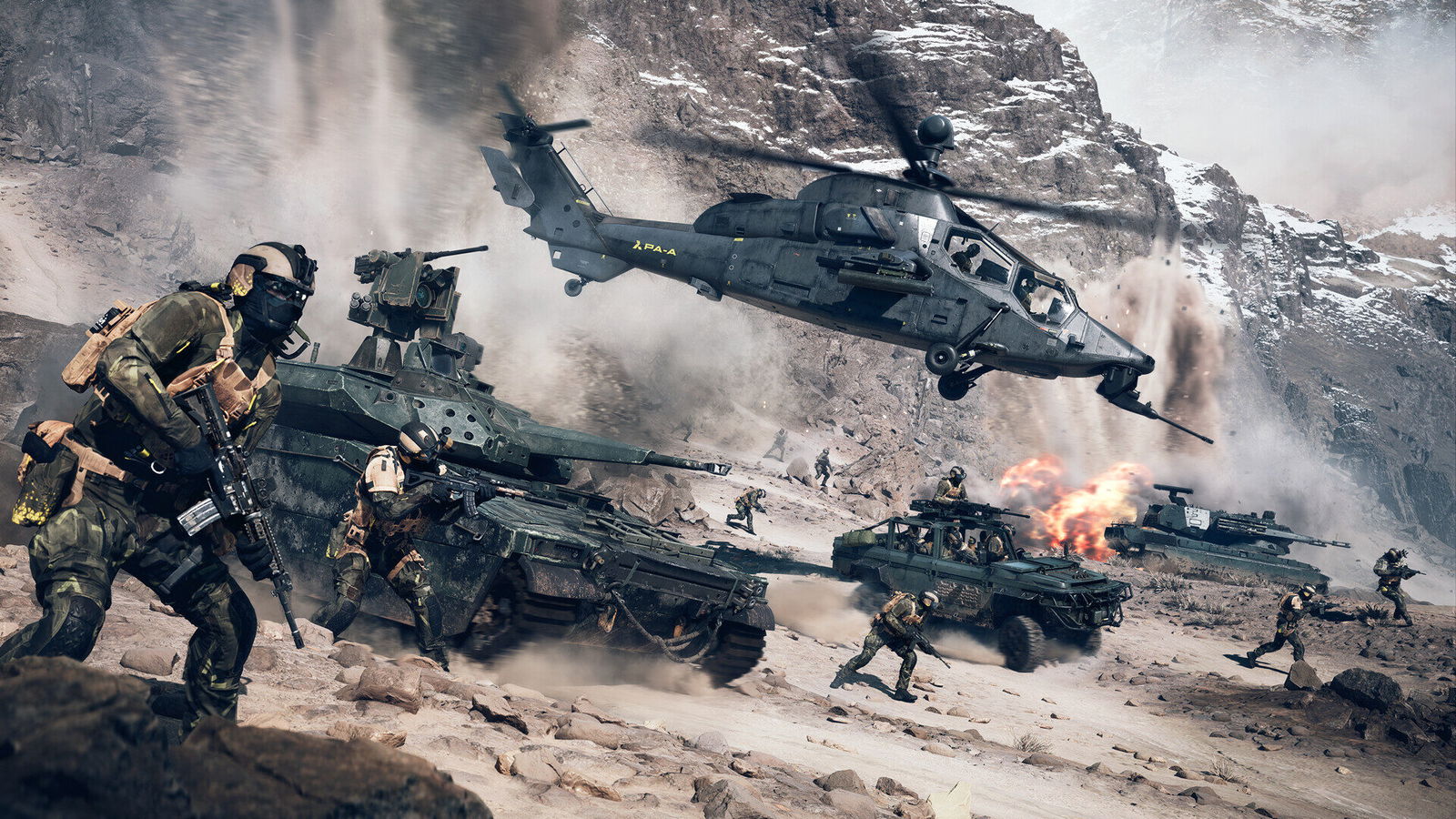Vehicle combat is one of Battlefield 6’s standout features, giving players the opportunity to take control of the fight on land, in the air, and at sea. Whether it’s the heavy armour of an Abrams tank or the speed of an F-22 jet, each vehicle influences how a battle unfolds. Not only are they powerful, they shape objectives, force enemy movement, and can completely turn around a failing advance.
With such a wide variety of combat and utility vehicles, success depends on more than just hopping into the driver’s seat. Positioning, timing, and squad coordination are what separate a complete wreck from transformational performance. New players often struggle with controls and situational awareness, while experienced pilots refine advanced tactics and adapt to the game’s evolving mechanics.
This guide will walk you through the journey from uncertain rookie to confident ace pilot by breaking down the vehicle roster, tactical approaches, and strategies that will help you master the game. You can also explore Battlefield 6 hacks and in-game features for vehicle combat to see how certain tools can give you greater control, awareness, and survivability in high-pressure battles.
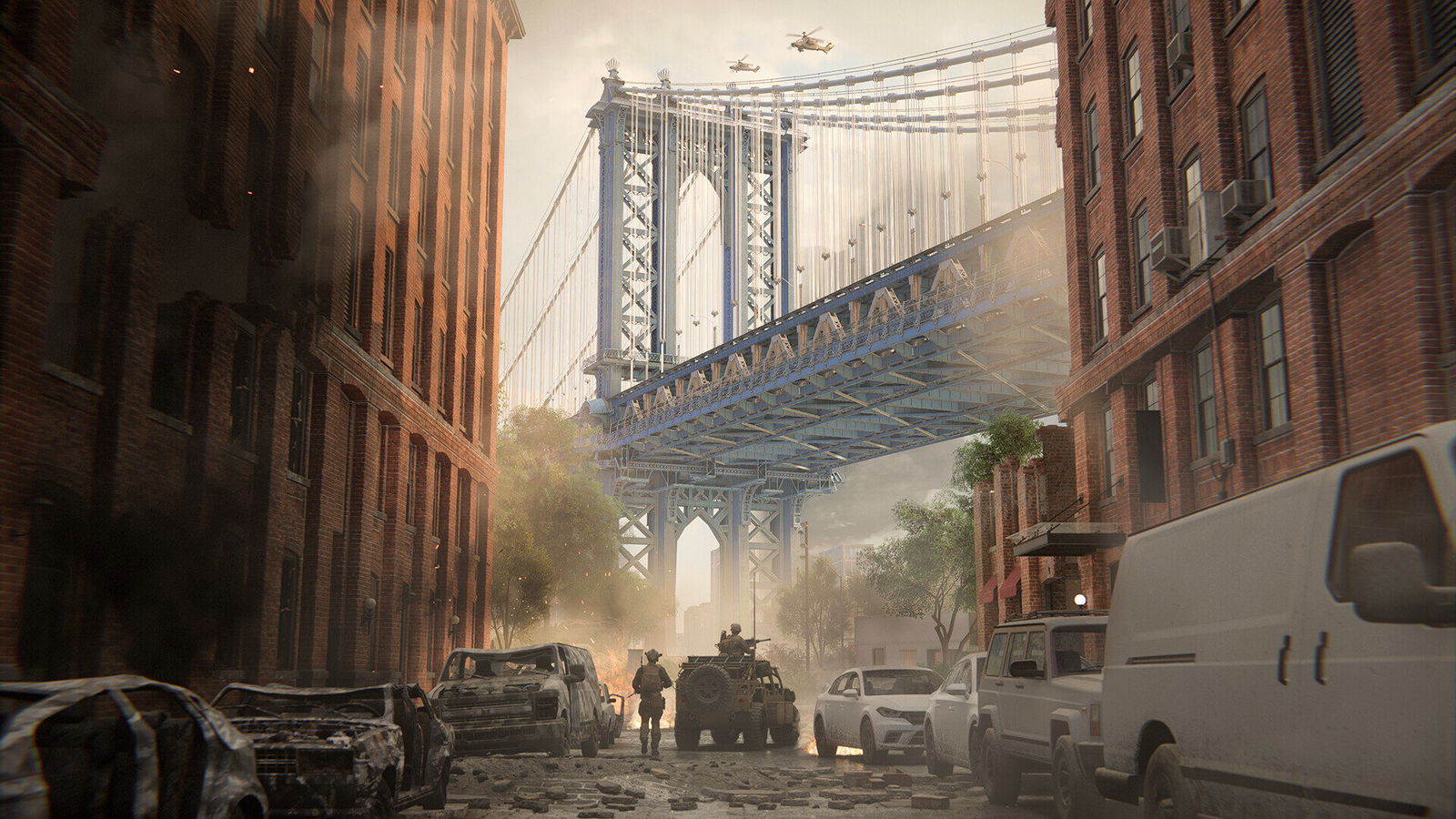
Understanding Battlefield 6’s Vehicle Arsenal
Battlefield 6 offers one of the most diverse vehicle lineups in the series, with options designed for different terrains, objectives, and playstyles. Knowing what each type does best is the first step toward choosing the right tool for the job.
Ground Domination Vehicles
- Main Battle Tanks (Abrams, Leopard) – Heavily armoured and built for direct assaults. Best used to push through fortified positions or hold key areas.
- Infantry Fighting Vehicles (CV90) – Faster than tanks and equipped to support infantry while engaging lighter vehicles.
- Armoured Cars (Marauder) – Good for rapid strikes and flanking enemy lines.
- Light Transport (Quadbike, PTV) – Quick movement across the map, ideal for capturing distant points fast.
Sky Supremacy Units
- Attack Helicopters (AH64E Apache, AH6M) – Deliver heavy firepower against vehicles and infantry; best paired with a skilled gunner.
- Scout Helicopters (Eurocopter, MH6M) – Excellent for reconnaissance and quick troop drops.
- Fighter Jets (F16, F22, JAS39 Gripen) – Excel in dogfights and high-speed bombing runs.
Naval Warfare
- RHIB Boats – Fast and agile, ideal for river crossings or surprise coastal attacks.
- Destroyers – Provide heavy fire support and control over water-heavy maps.
Utility and Support Vehicles
- Recovery Vehicles (M88A2) – Repair damaged armour on the frontline.
- Cargo Trucks (HEMTT, M1083) – Keep supplies moving.
- Civilian Vehicles – Useful for quick travel in low-combat zones or when other options are unavailable.
Understanding each vehicle’s strengths and weaknesses allows you to select the one that fits the map, team strategy, and your role in the fight.
Choosing the Right Vehicle for the Situation
Not every vehicle works for every fight. Picking the wrong one can leave you vulnerable or ineffective, while the right choice can give your team a real advantage. Before spawning into a vehicle, consider three main factors:
1. Map Layout
- Urban maps (like Cairo) favour agile vehicles such as IFVs and scout helicopters for weaving through tight streets.
- Open terrain maps benefit from tanks, jets, and long-range artillery where line-of-sight combat is most effective.
- Mixed environments call for adaptable units like the V-22 Osprey, capable of troop transport and support roles.
2. Team Composition
- If your squad already has heavy armour, consider adding air support instead of another tank.
- Balance is key – too many of one type leaves you open to counters.
3. Objective Priorities
- Offensive push: Tanks and attack helicopters can break defences.
- Defensive hold: IFVs and anti-air vehicles can control choke points and prevent enemy breakthroughs.
- Rapid capture: Light transport and quadbikes can get you to unclaimed points fast.
Smart vehicle selection isn’t just about your preference – it’s about filling gaps in your team’s strategy. The most effective operators adapt their choices based on the battle happening around them.
Core Skills Every Battlefield 6 Vehicle Operator Needs to Master
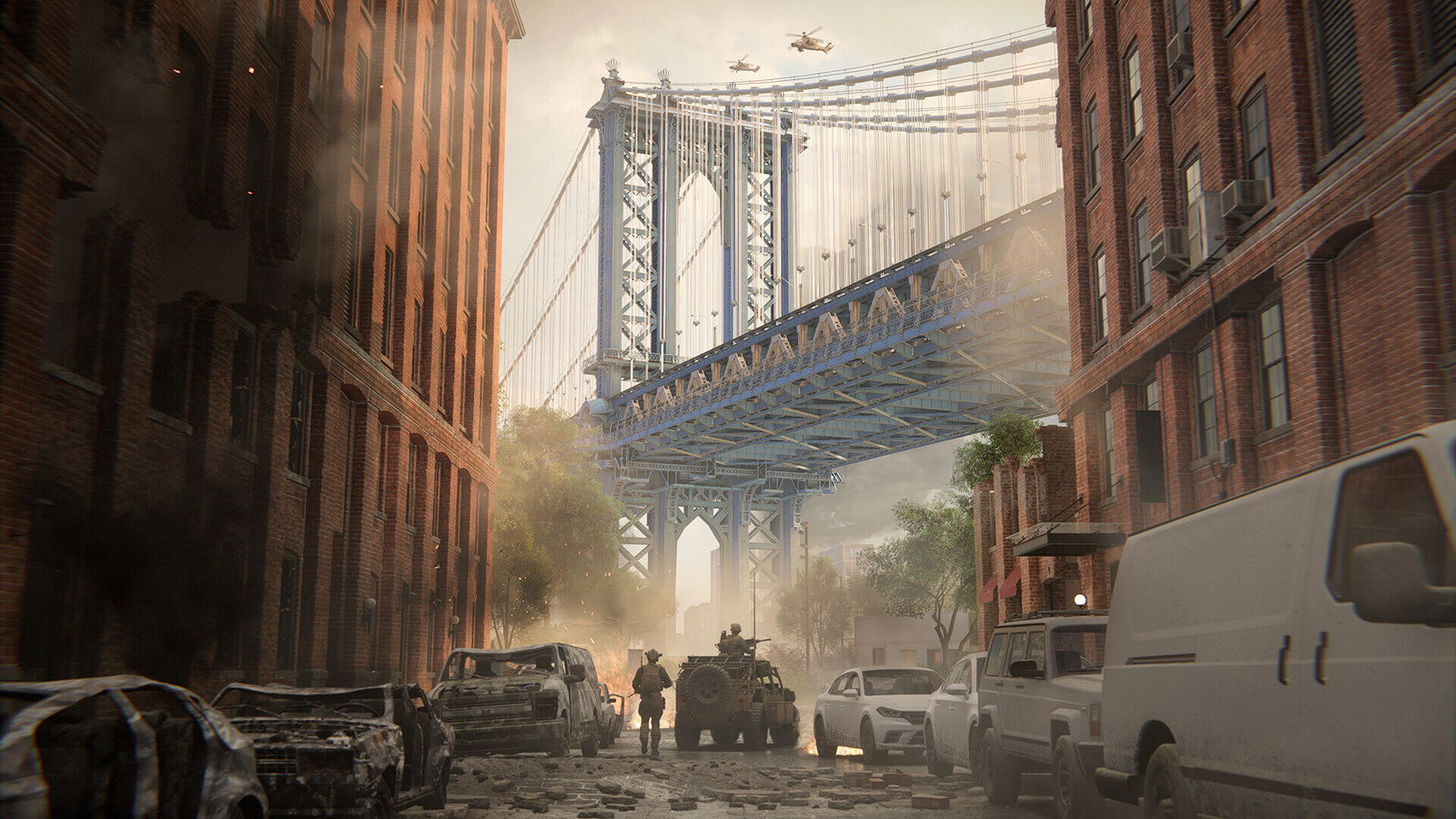
Success in Battlefield 6 vehicle combat comes from more than simply picking the right machine – it requires the skills to survive and take control of the fight once you’re in it. These fundamentals apply whether you’re driving a tank, piloting a jet, or commanding a destroyer.
Positioning & Cover Use
- Always keep part of your vehicle concealed behind buildings, terrain, or natural obstacles.
- For tanks, angle your armour toward incoming fire to deflect damage.
- Helicopters should use low terrain to break radar locks and avoid open-air ambushes.
Map Awareness
- Constantly check the minimap for enemy positions and flagged objectives.
- Learn common ambush points and high-traffic routes on each map.
Target Prioritization
- Take out threats that can destroy you the fastest – enemy armour, anti-air units, or skilled pilots.
- Clear infantry with anti-vehicle capabilities before focusing on softer targets.
Squad Communication
- Call out enemy positions and coordinate pushes or retreats.
- Work with support players for repairs, ammo resupplies, and cover fire.
Resource Management
- Don’t wait until you’re nearly out of ammo or armour to resupply – plan retreats before it’s too late.
- Use repair tools and stations whenever safe to maintain combat readiness.
Mastering these core skills creates the foundation for advanced tactics, allowing you to not just survive in a vehicle but become a driving force in the match.
Advanced Ground Combat Tactics
Once you’ve built a solid foundation, it’s time to refine your ground combat strategies. Battlefield 6 rewards smart positioning, teamwork, and knowing how to push your vehicle to its limits while avoiding unnecessary risks.
Tank Warfare
- Armour Angling – Keep your tank’s front facing the enemy at a slight angle to increase the chance of deflecting incoming rounds.
- Coordinated Assaults – Pair with infantry who can clear anti-tank threats while you deal with enemy armour and fortifications.
- Flanking Heavy Armour – Use terrain to approach enemy tanks from the sides or rear, where their armour is weaker.
IFV & Armoured Car Play
- Hit-and-Run Strikes – Engage lightly armoured vehicles or exposed infantry, then retreat before enemy reinforcements arrive.
- Cutting Off Reinforcements – Use speed to intercept enemy transports heading for contested objectives.
- Supporting Infantry Pushes – Provide covering fire as teammates advance while staying mobile to reposition quickly.
Countering Anti-Vehicle Threats
- Smoke Screens – Break line of sight to escape or reposition.
- Evasive Maneuvers – Change direction often to throw off guided missiles.
- Suppress and Destroy – Coordinate with allies to quickly eliminate AT soldiers or enemy armour before they can fire again.
Advanced ground combat focuses on controlling territory, supporting your team, and removing high-priority threats before they gain the upper hand.
Aerial Combat Mastery – Helicopters and Jets
Air power in Battlefield 6 can pin teams in place or clear the way for a push. Skilled pilots control the skies, disrupt enemy movements, and provide crucial support for ground forces. Mastering helicopters and jets requires precise control, smart positioning, and quick decision-making under pressure.
Helicopter Tactics
- Low-Altitude Flying – Hug terrain and weave between structures to reduce exposure to anti-air fire and radar locks.
- Pilot-Gunner Coordination – A strong pilot keeps the helicopter steady and in advantageous positions, while the gunner delivers accurate fire.
- Terrain Ambushes – Use hills, buildings, and ridges to hide before popping up for a quick attack on armour or infantry.
Jet Combat
- Energy Management – Maintain enough speed to outmaneuver opponents, but slow down when precision is needed for bombing runs.
- Dogfight Positioning – Always aim to get on an enemy’s tail; avoid long head-on engagements where missile locks are easier to achieve.
- Bombing Run Accuracy – Line up early and use map markers to target clusters of enemies or key objectives.
Countermeasures
- Flares & Chaff – Deploy them just before an enemy missile locks on fully, not after impact warnings.
- Evasive Maneuvers – Sharp turns, rolls, and altitude changes can shake pursuers.
- Team Air Cover – Coordinate with other air units to overwhelm enemy anti-air defenses.
Mastering aerial combat keeps enemy aircraft at bay and gives your ground forces room to operate.
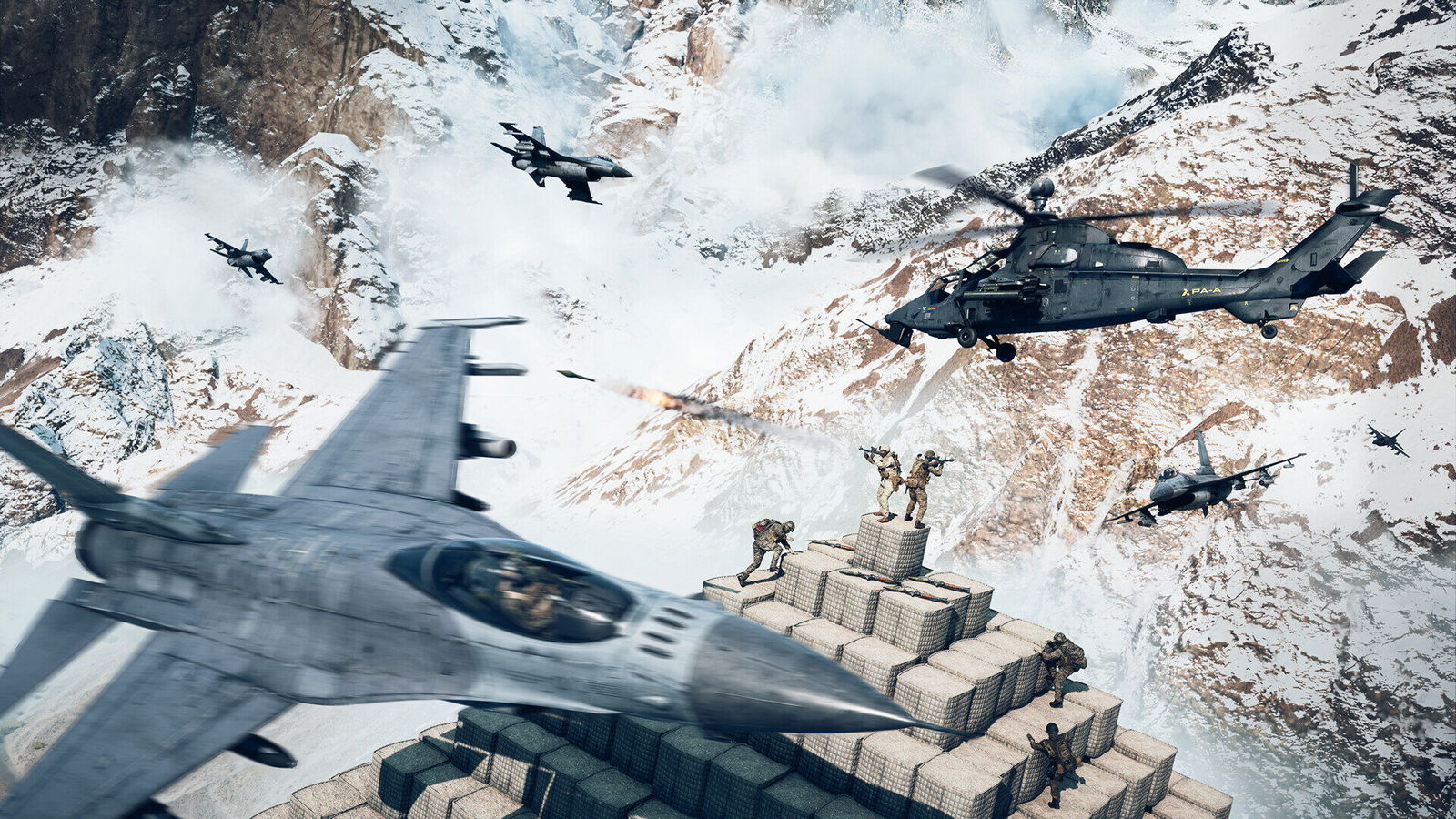
Naval and Amphibious Operations
While not every Battlefield 6 map features water combat, the ones that do can make naval control just as important as air or ground control. Boats and larger ships provide mobility, firepower, and tactical flexibility for both assaults and defences.
Controlling Waterways
- Fast Assaults with RHIB Boats – Use speed to transport squads quickly between objectives or to flank coastal defences.
- Surprise Coastal Raids – Approach shorelines from less-guarded angles to catch defenders off guard.
- Hit-and-Run Support – Fire on shore positions, then retreat before counterfire locks on.
Destroyer Strategies
- Long-Range Area Denial – Use heavy cannons and missiles to keep enemy vehicles and infantry pinned down.
- Supporting Ground Advances – Coordinate with teammates to bombard defensive positions before an assault.
- Air Defence Role – Equip anti-air systems to protect friendly forces from enemy aircraft operating over the water.
Amphibious Coordination
- Combine naval and land pushes – ships bombard from offshore while ground forces move in.
- Use boats to insert squads behind enemy lines, disrupting control points and supply routes.
Controlling the water opens new attack routes and forces the enemy to split their defences.
Team Coordination and Multi-Vehicle Tactics
In Battlefield 6, the most dangerous teams are those that coordinate across multiple vehicle types. A lone tank or jet can do damage, but combined assaults multiply their impact and force enemies into impossible situations.
Air and Ground Integration
- Helicopters Supporting Tanks – Air units clear anti-vehicle infantry while tanks push forward.
- Jets Breaking Defences – Bombing runs soften entrenched positions before ground vehicles move in.
Escort and Protection Roles
- Armoured Escorts – Heavier vehicles shield more vulnerable transport, ensuring troops and supplies reach the front.
- Anti-Air Coverage – AA tanks or destroyers keep skies clear so your helicopters and jets can operate freely.
Multi-Front Pressure
- Launch simultaneous attacks from land, sea, and air to overwhelm defences.
- Use fast transport to capture secondary objectives while the enemy is distracted by your main push.
When vehicles work in isolation, they’re easier to counter. When they operate together, each one covers the others’ weaknesses, creating momentum that’s hard to stop.
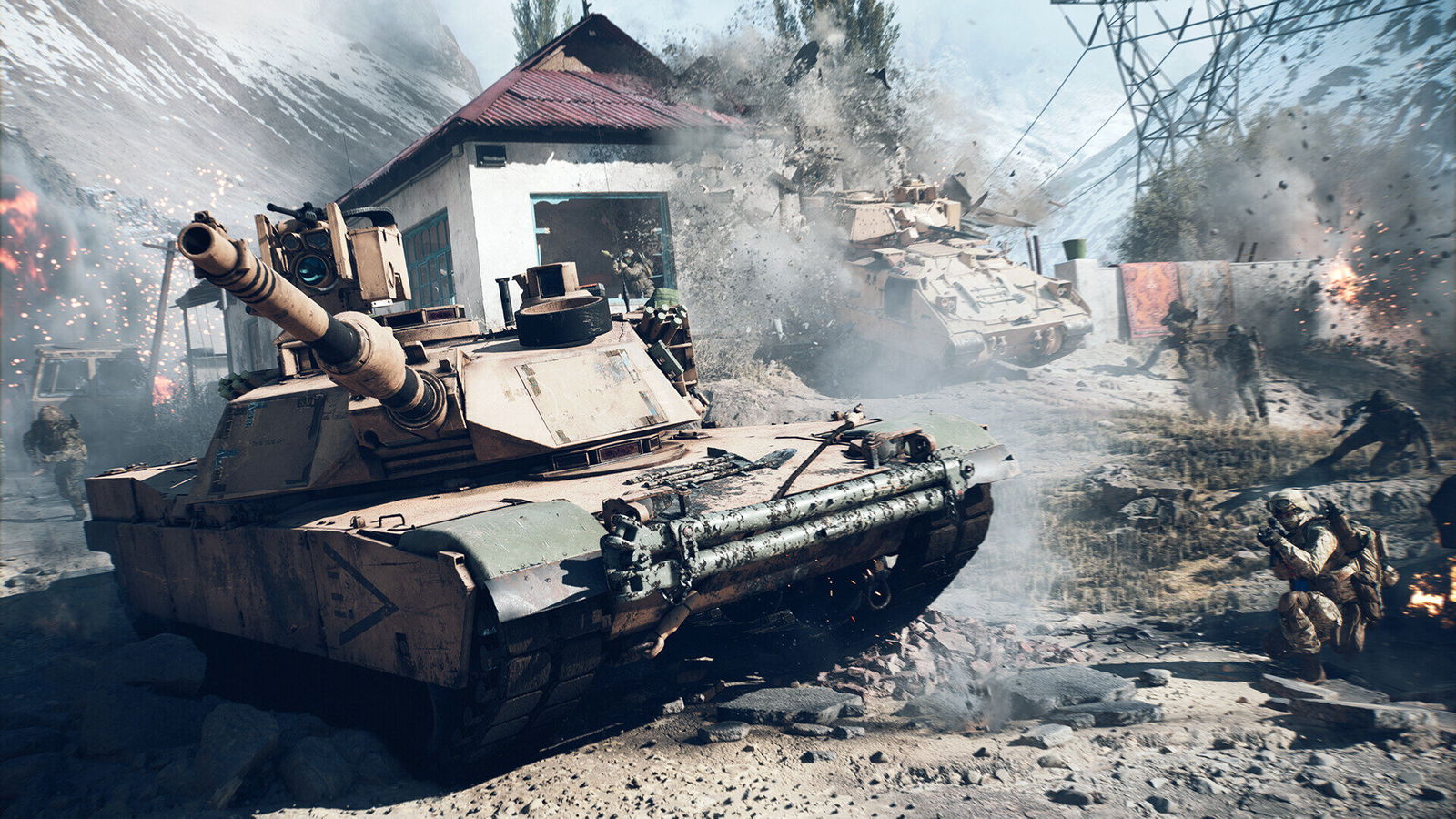
Training to Go From Noob to Ace
Becoming an expert vehicle operator in Battlefield 6 takes consistent practice and focused improvement, not just playtime. The goal is to turn every match into an opportunity to refine your skills and decision-making.
Use Training Modes
- Practice aiming, maneuvering, and handling recoil without the pressure of live combat.
- Experiment with different vehicles to learn their strengths and limitations.
Custom Matches & Private Servers
- Set up controlled scenarios with friends or bots to rehearse advanced tactics.
- Test unfamiliar vehicles so you’re prepared when they appear in live matches.
Record and Review Gameplay
- Watch your replays to spot positioning errors, missed opportunities, or overextensions.
- Study high-skill pilots and drivers online to see how they manage movement, targeting, and survival.
Progress in Stages
- Start with basic movement and targeting.
- Move on to situational awareness, then focus on coordinating with teammates.
The more intentional your practice is, the faster you’ll transition from hesitant operator to someone your team relies on in every vehicle-heavy fight.
Common Mistakes That Keep Players From Improving
Even skilled players can fall into habits that limit their performance in Battlefield 6 vehicle combat. Recognizing and avoiding these mistakes is key to faster improvement.
1. Overextending Without Support
- Charging deep into enemy territory without backup usually ends in swift destruction.
- Always coordinate with infantry or other vehicles before pushing forward.
2. Ignoring the Minimap and Radar
- Failing to track enemy positions leads to ambushes.
- Keep an eye on radar pings and team callouts to avoid surprise attacks.
3. Choosing the Wrong Vehicle for the Objective
- Taking a slow tank for a fast-capture mission or a light transport into heavy combat often backfires.
- Match your vehicle to the mission and terrain.
4. Poor Ammo and Repair Timing
- Waiting until your vehicle is nearly destroyed before retreating wastes resources.
- Plan your exits early and keep your vehicle combat-ready.
5. Neglecting Communication
- Staying silent means missed opportunities for coordinated strikes.
- Use voice or text chat to share threats and coordinate movements.
Avoiding these mistakes turns every match into an opportunity to grow, making you a more dependable and dangerous operator over time.
Set one target for each match in Battlefield 6: survive longer, land cleaner shots, or escort a push without losing your ride. Pick the vehicle that fits the map, fix it before it fails, and call your plays. One smart retreat saves more tickets than a wild charge. Stack small wins and, before long, when your squad needs a lane opened or a flank covered, you’ll already be there – getting it done.
